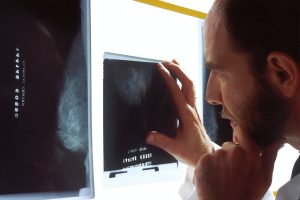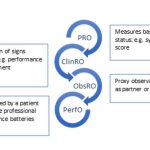Researchers and clinicians working in the brain cancer field are always looking for new ways to improve the standard care for treatment of brain tumours so they can promise better outcomes and a higher quality of life to their patients. There are arguments both for and against brachytherapy for treating brain tumours, in this article we take a look at both sides of the coin.
Brachytherapy is a radiation therapy treatment that involves having a source of radiation placed in your body such as a seed, ribbon or capsule. This local treatment focuses on treating a specific part of the body after being placed inside or next to the area requiring treatment, typically being placed using a catheter.
Arguments for using brachytherapy 
In the current brain cancer research landscape, brachytherapy isn’t common place but the ideas for its applications and benefits have been put forward and endorsed by some researchers.
One idea suggests that, where most treatment approaches for brain tumour in adults utilise external beam radiotherapy, there is an opportunity to improve the convenience for the patient by using brachytherapy as it would require fewer trips to the hospital for the standard treatment.
Also, brachytherapy can be performed at the same time as resection surgery for recurrent tumour which would give the medical team a new radiation option to offer after a potentially failed prior treatment. This treatment option may also reduce toxicity and harmful side effects in the patient.
Arguments against using brachytherapy
In the past, brachytherapy has been investigated and trialled among patients with malignant gliomas. There was no evidence of survival benefit among the individuals who had this treatment in the older studies when compared to the standard treatment at the time. Additionally, it was noted that after patients were given the radioactive seeds used for the treatment, there was a higher risk of radiation necrosis as well as a need for further surgeries.
Brachytherapy has yet to be investigated in relation to treating recurring tumours, and so its role and potential benefits for this purpose is less clear.
Ultimately, there is firm reason to believe that bracytherapy will not soon be seen as a viable replacement for standard care however there may be more specific uses for the treatment such as during resection if further studies can prove its effectiveness to be an improvement. You can read more about comments made by researchers on the topic by visiting the Healio website.
If you would like to use your experience and insight to support clinical research, consider signing up to be a PRIME advocate for brainstrust.
If you or someone you love is living with a brain tumour and have any questions around this latest news, or want to access support, give us a call on 01983 292 405 or email hello@brainstrust.org.uk. You can also visit our little brainstrust website which features support for children affected by brain tumour.









